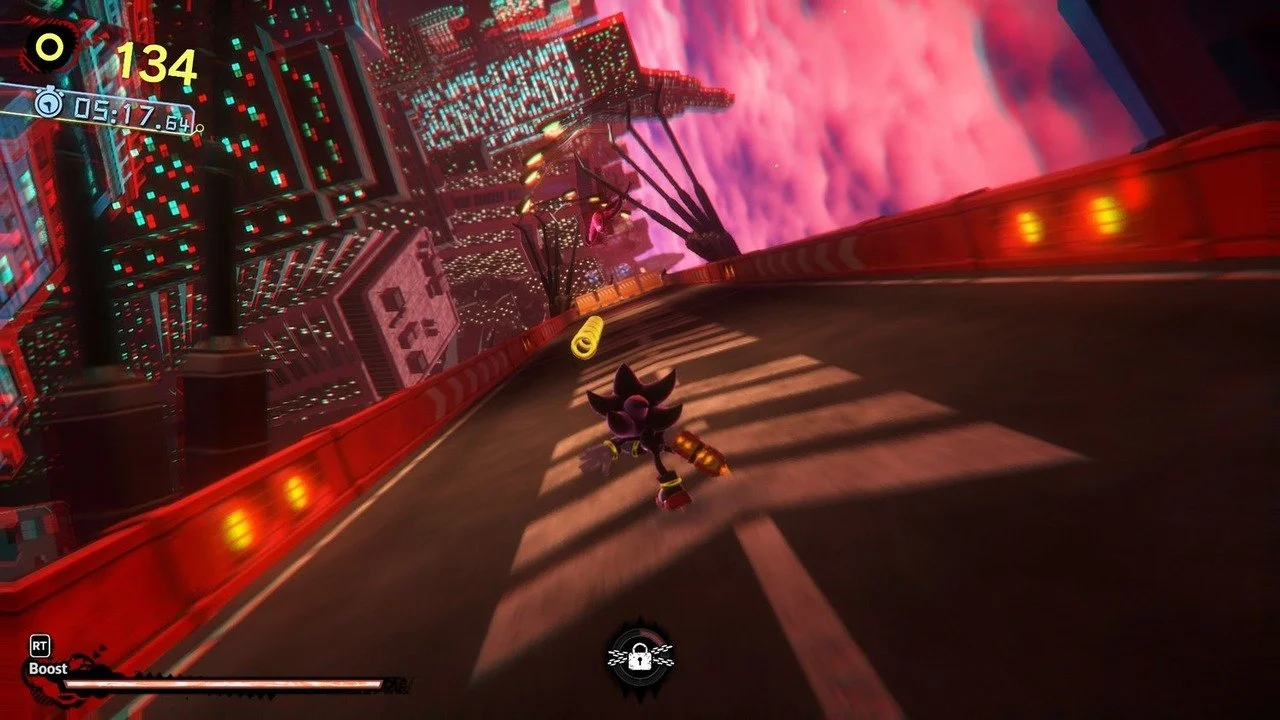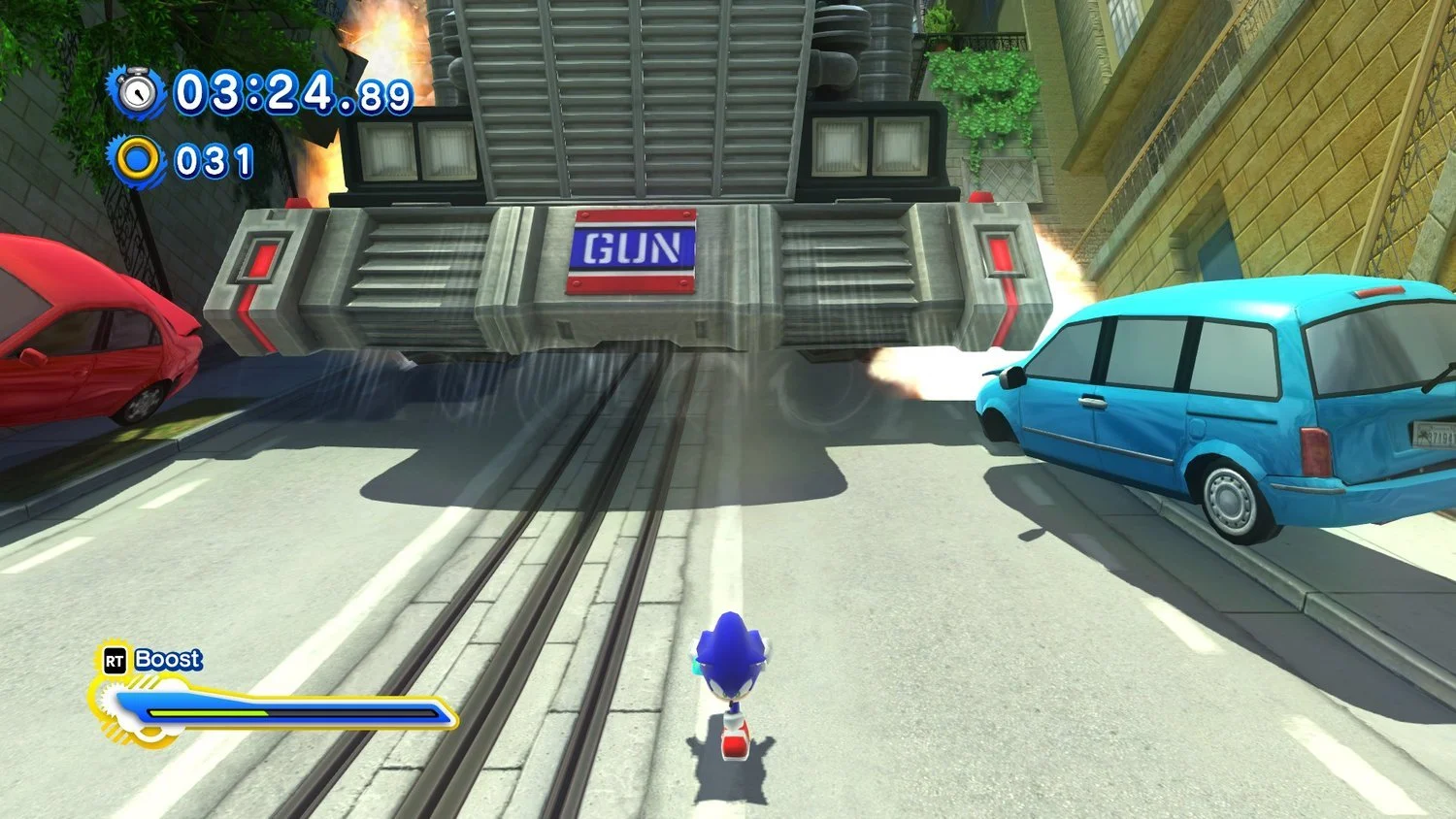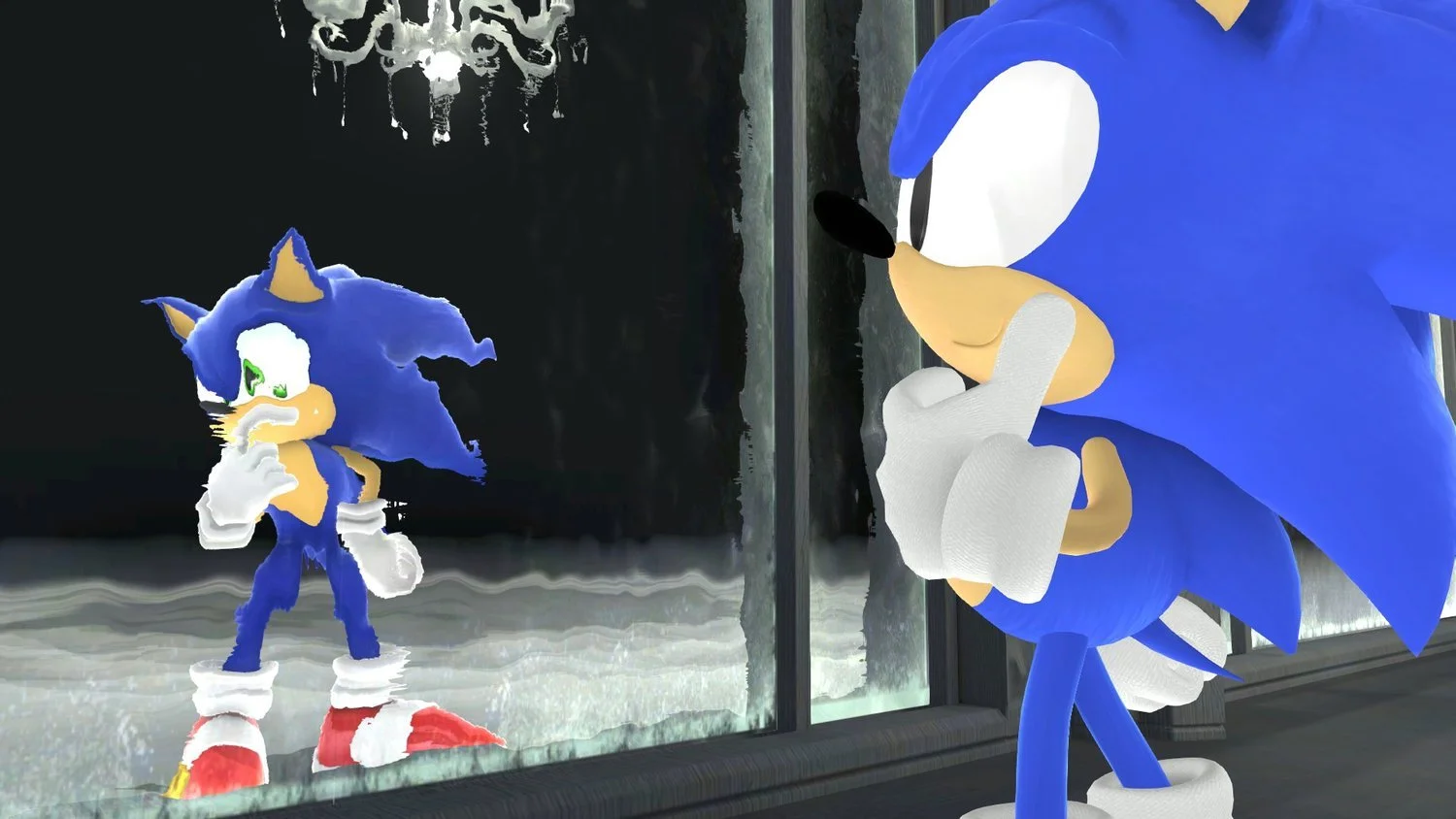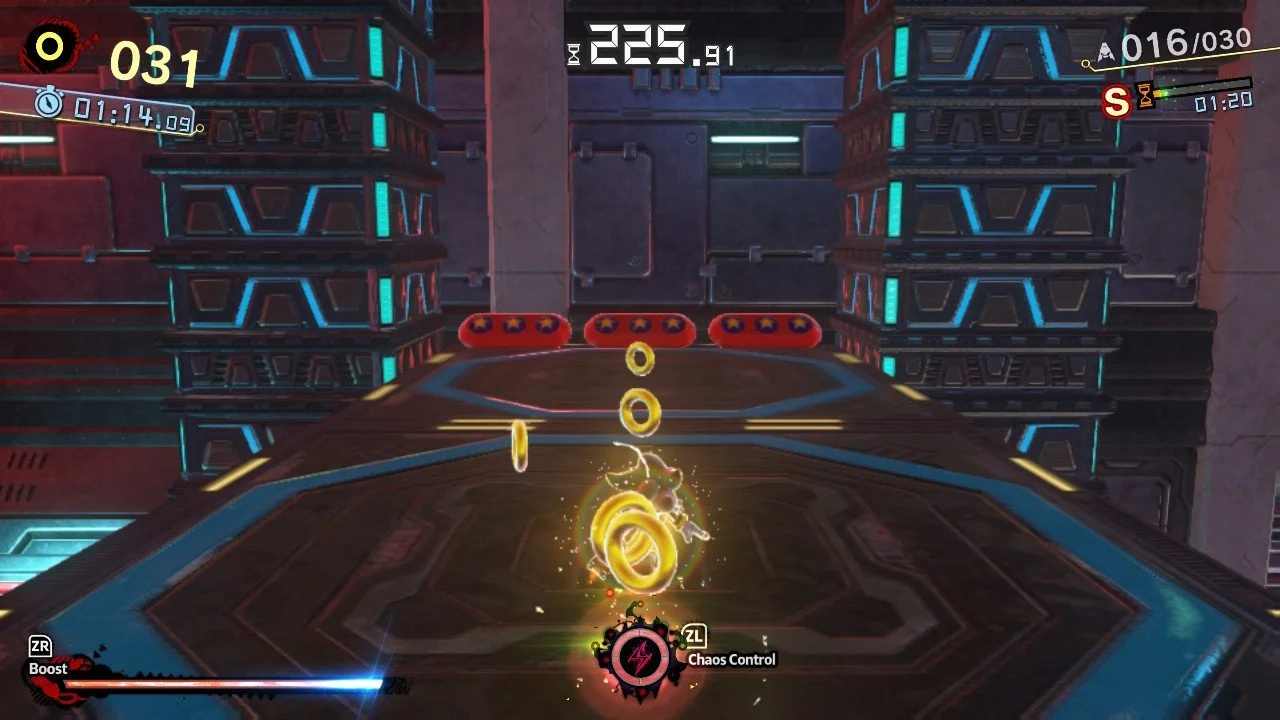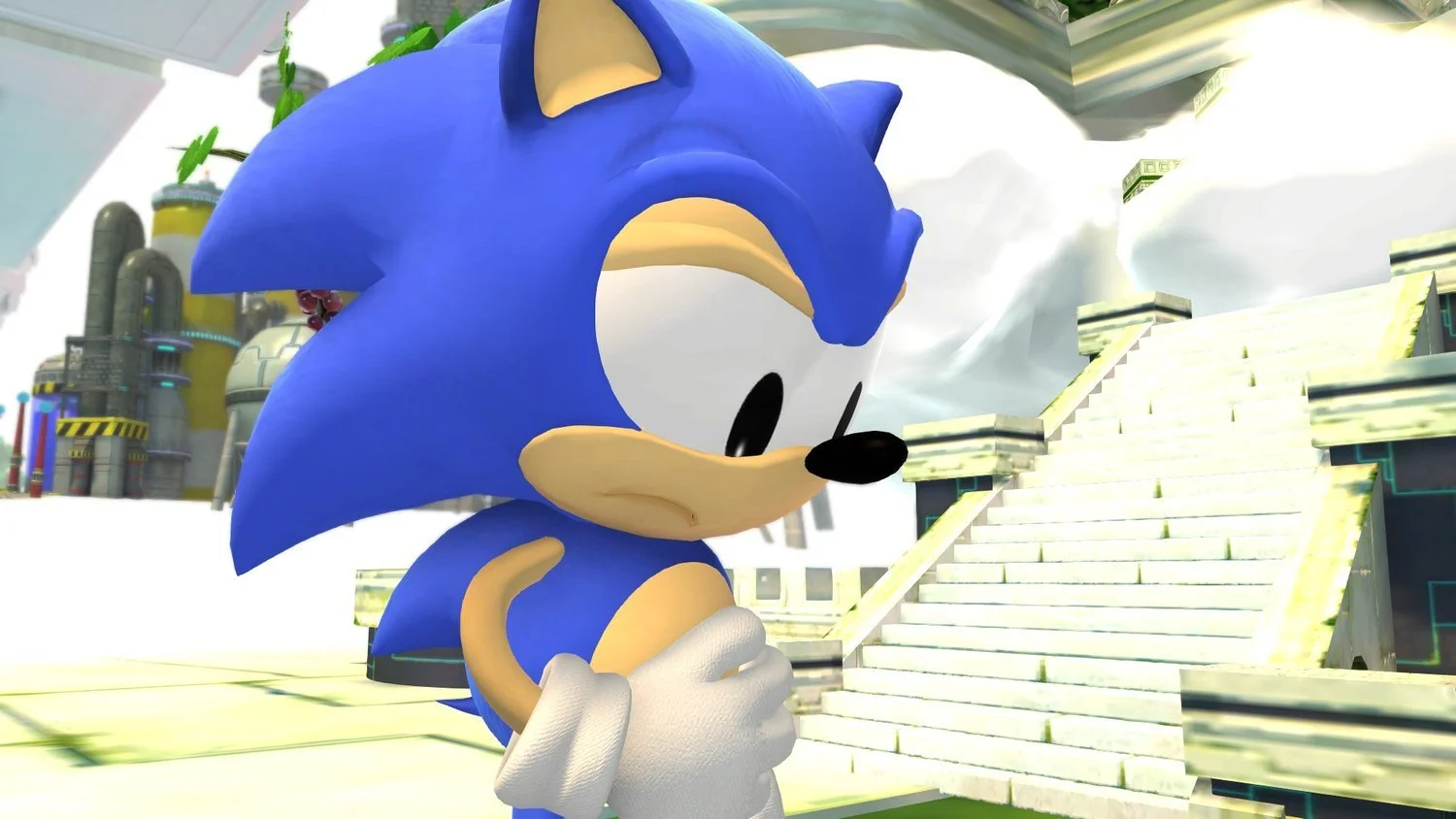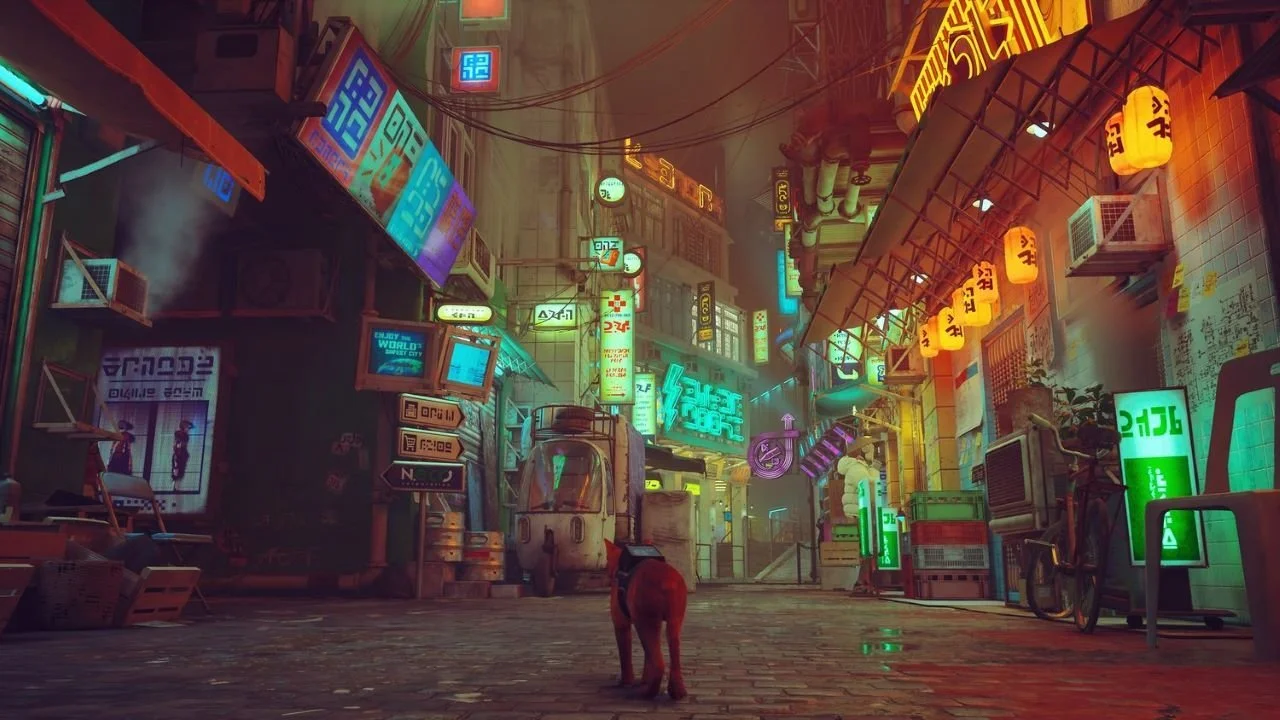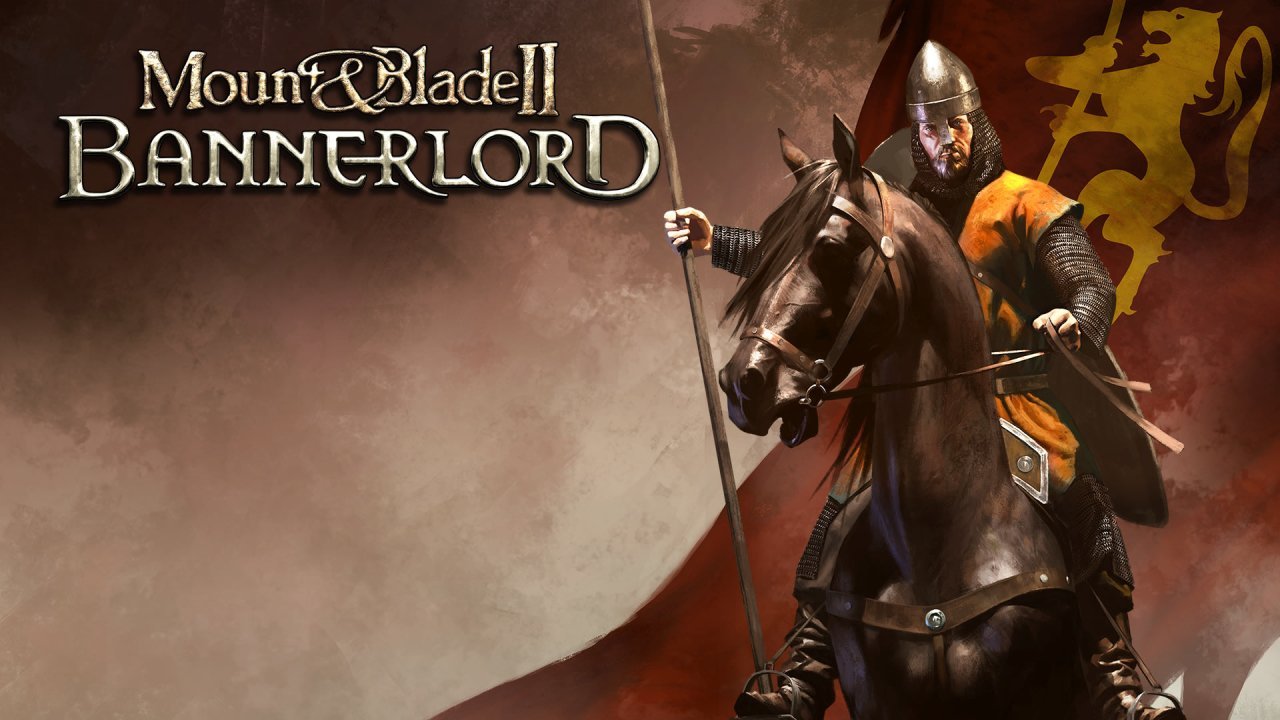'Sonic X Shadow Generations' Review
Image Source: CultureSlate
Though the “Year of Shadow” may be over, fans are still raving about Sonic X Shadow Generations. It’s one part Sonic Generations remaster and one part new Shadow game.
Now that the game’s been out for a while, does it truly live up to the hype? Let’s see just what Sonic X Shadow Generations is made of!
RELATED:
Gameplay
Image Source: CultureSlate
The game is two games in one. First is the remastered Sonic Generations. Gameplay-wise, it’s pretty much the same game as it was in 2011. For those who did not play Sonic Generations, its gameplay consists of two modes: Modern and Classic. Modern plays just like the Sonic games of that era played, which is a hybrid 3D/2D style that is mostly linear and driven by the boost mechanic. Classic plays like a 2.5D version of the classic Genesis/MegaDrive era gameplay. Each Sonic traverses through iconic stages in three eras: Classic, Dreamcast, and Modern.
There are some additions and changes, however. Firstly, both Modern and Classic Sonic now have the drop dash, adding a new speedy move to their move sets. It works well in both 2D and 3D. Second, lives are now optional and can be turned on or off. The controls have also been changed slightly to match Sonic Frontiers' control scheme. This change may initially throw some game veterans off, but it quickly becomes natural. Another addition is the inclusion of Chao as collectibles in the stages. Three chao are hidden in each stage for the player to find. Lastly, the game now features a save slot system rather than having just one save.
It's Shadow Generations where this game truly shines. It’s a fully-fledged campaign featuring everyone’s favorite edgy hedgy, Shadow. Like Sonic Generations there are three main areas with three stages each. However, unlike the original game, Shadow Generations’ stages are connected by a vast hub world inspired by Sonic Frontiers’ open-zone gameplay.
The player can explore the world to find various collectibles and complete side missions. In addition, Shadow has new abilities, called Doom Powers, that can be used in the hub world and in the action stages. These include Doom Wings that give Shadow the ability to fly/glide, doom spears that allow Shadow to shoot Doom-enhanced Chaos Spears at enemies (including up to five at once), Doom Blast, Doom surf that enables Shadow to surf on water using a Manta ray-like creation, and Doom Morph which enables Shadow to climb on corruption-infused terrain by morphing into a Doom-influenced creature.
These new abilities create interesting level design and gameplay opportunities. Like base Sonic Generations, each stage has two acts. The first act is fully 3D, and the second act is 2D. These stages are inspired by Shadow’s stages in past games in addition to stages from Sonic Frontiers. Overall, Shadow Generations has the usual fast-paced gameplay you’d expect from a Sonic game with plenty of action-adventure elements
Story
Image Source: CultureSlate
As there are technically two games within this package, there are two stories within it. Sonic Generation’s story is pretty basic. Sonic’s friends are celebrating his birthday when suddenly, a mysterious creature known as the Time Eater invades the party and sucks up all of the celebrants. Sonic chases after them, and he too is sucked into what is soon revealed to be a white void known as the White Space. Now, he must rescue his friends with the help of his younger, “classic,” self. The story is pretty much the same as it was in the 2011 original, but most of the lines have been changed under the direction of Ian Flynn in order to match the writing of Sonic Frontiers.
The story in Shadow Generations, by comparison, is a bit more involved. Haunted by his past, Shadow suspects that the Black Arms aliens have returned and boards a G.U.N. shuttle after getting a strange reading from the Space Colony Ark. Once there, he encounters Doom’s Eye, the third eye of the leader of the Black Arms, Black Doom. Shadow too is transported into White Space by the Time Eater, and now he must fight back against the Black Arms while wrestling with his past. It’s a story that deals with themes such as loss and forging your own path while respecting your past, and it is considered one of the best Sonic stories in a while.
Graphics
Image Source: CultureSlate
Whichever platform you decide to play it on, the graphics look quite beautiful. Sonic Generations cleans up rather well on modern consoles and runs at a buttery-smooth 60fps on PS5, Xbox Series X, and PC. In addition, the visuals for the new game are good as well as artful. Each graphical effect used in Shadow Generations is used well to convey the struggle, confusion, and overall themes of the title.
Like Sonic Generations, Shadow Generations runs at a smooth 60fps on beefier hardware. On Nintendo Switch, both games run at 30fps. However, no matter what platform the game is played on, the art design still shines through.
Music and Sound
Image Source: CultureSlate
Most of the music consists of remixed tracks from previous titles, particularly on the Sonic Generations side of things. Each remix respects the original while adding its own flavor, and some even stand out over the others. Of course, you can collect tracks within the hub world to play in place of the standard stage tracks if you’d like. The score in the hub world for Shadow Generations and its cutscenes also perfectly fit each scenario, creating an environment that perfectly encapsulates the stakes as they get higher and higher.
The voice acting is also pretty good in both English and Japanese. This can especially be seen in the Shadow Generations campaign, which some consider to be Kirk Thornton’s best work as Shadow. Though this particular cast has been controversial amongst Sonic fans since they were brought on in 2010, it is clear that they have found their footing in these characters.
Pros and Cons
Image Source: CultureSlate
Let’s begin with the pros. The game plays exceptionally well and is the same experience Sonic fans remember from the original Sonic Generations with some enhanced quality-of-life changes and a new Shadow-centric campaign. It is this campaign that is the highlight of this package. For one, it is refreshing to have a Shadow-centric game after nearly 20 years, but not only is it a breath of fresh air, it’s pretty good too. Shadow Generations builds on the foundations of both Sonic Frontiers and Sonic Generations beautifully, and the game could easily stand on its own. As mentioned earlier, the voice acting in English and Japanese is superb, and it is clear that the English cast is finally getting the material and direction it needs to excel, particularly in the case of Kirk Thornton’s Shadow, who had previously been described as mostly flat and one note before.
There are some cons, however. The first is how the game is handled on PC. Each game is its own executable, and this causes some slight hiccups with screen sharing and recording programs. Second is the rewritten Sonic Generations script by Ian Flynn. Though there are some definite improvements overall, the script can sometimes be slightly too self-referential. There is also some controversy over how the character of Amy Rose has been toned down from being Sonic’s self-proclaimed girlfriend and hot-headed to focusing less on her infatuation with Sonic and being a bit more mild-mannered. Also, while the script has changed, the animations remain the same, leading to a hilarious inference when Knuckles asks Classic Sonic where the rest of his island is. Classic Sonic still self-consciously touches his stomach due to the original script’s comment on the blue speedster’s weight. Lastly, though it was nice to have Movie Shadow featured in the game, his DLC level was slightly underwhelming for $5.99 in addition to not being able to use the skin in the regular stages. Having Keanu Reeves voice him though was a nice touch.
Overall, Sonic X Shadow Generations is both a great way to play the renowned Sonic Generations title on modern platforms and a great standalone title as well. There’s plenty of replay-ability in both campaigns, so while the main stories in both Sonic Generations and Shadow Generations may feel short, there’s plenty to explore during and after the completion of each respective main campaign. If you have yet to play Sonic Generations or are just dying for a new Shadow-centric title, then be sure to pick up Sonic X Shadow Generations today!
Developers: Sonic Team; Publisher: SEGA; Players: 1; Released: October 22, 2024; ESRB: E10+ for Fantasy Violence; MSRP: $49.99 for the Standard Edition, $59.99 for the Digital Deluxe Edition
Rating: 9.0/10
Review played on Nintendo Switch, Xbox Series X, and PC
READ NEXT:

